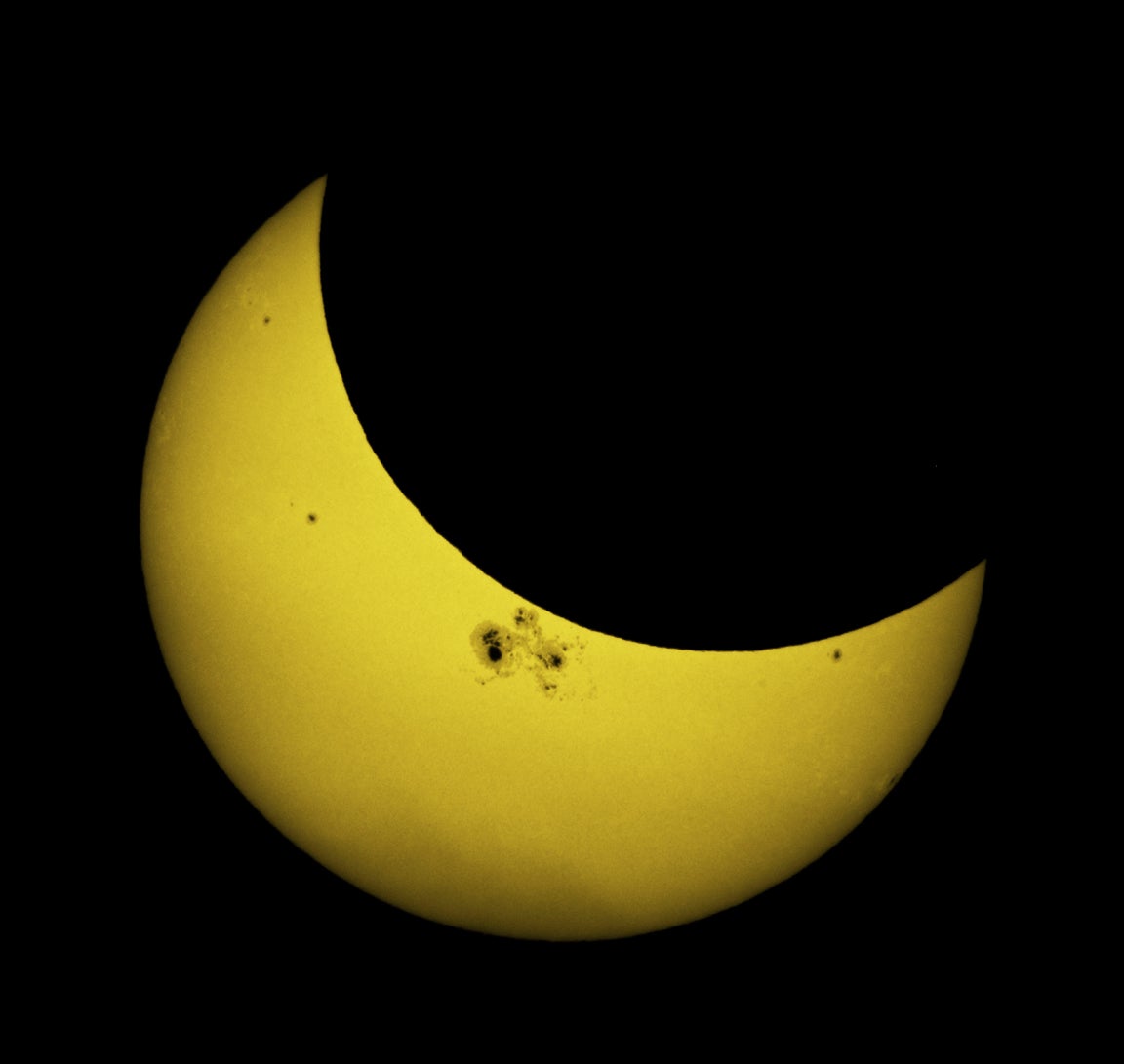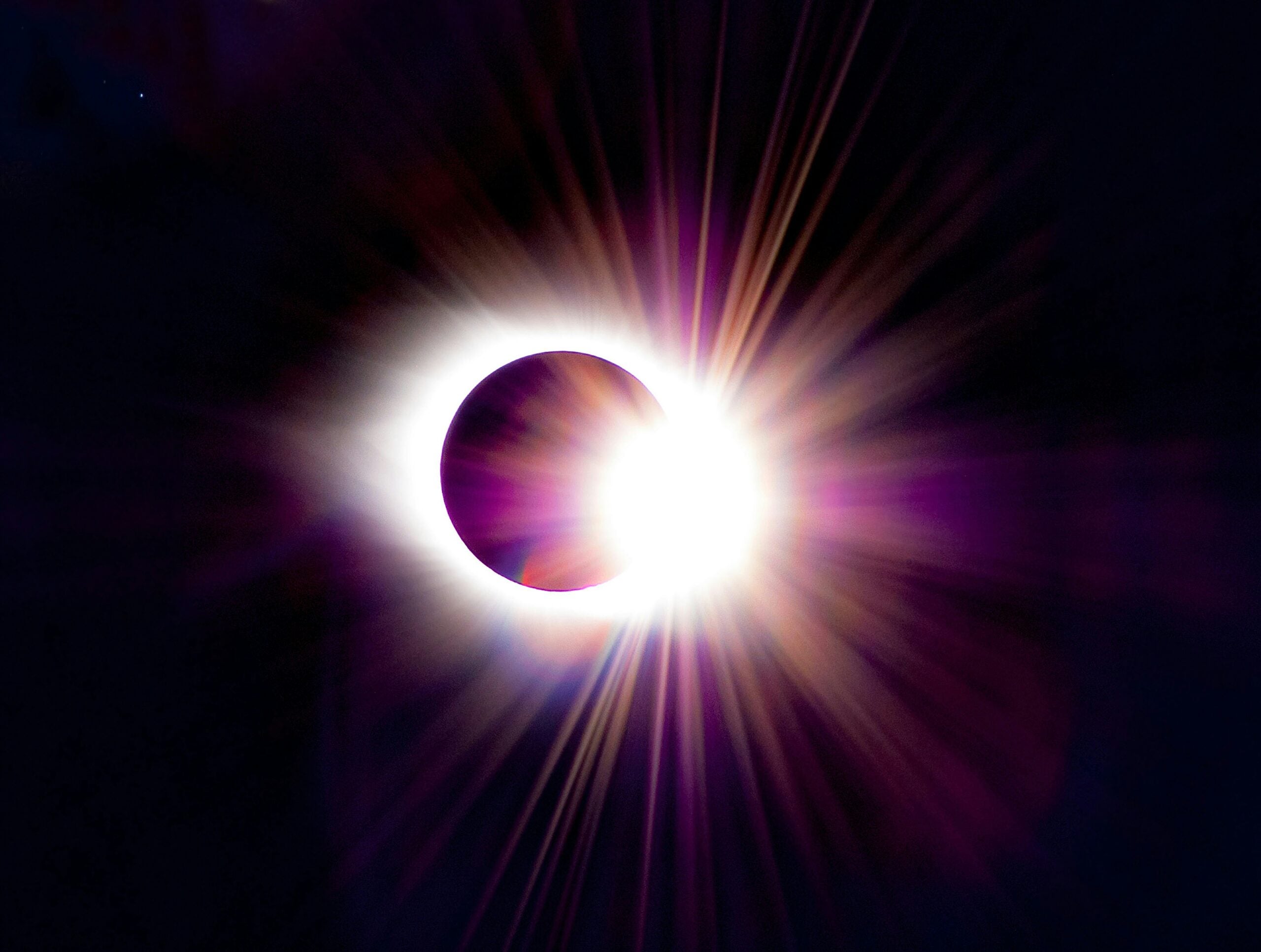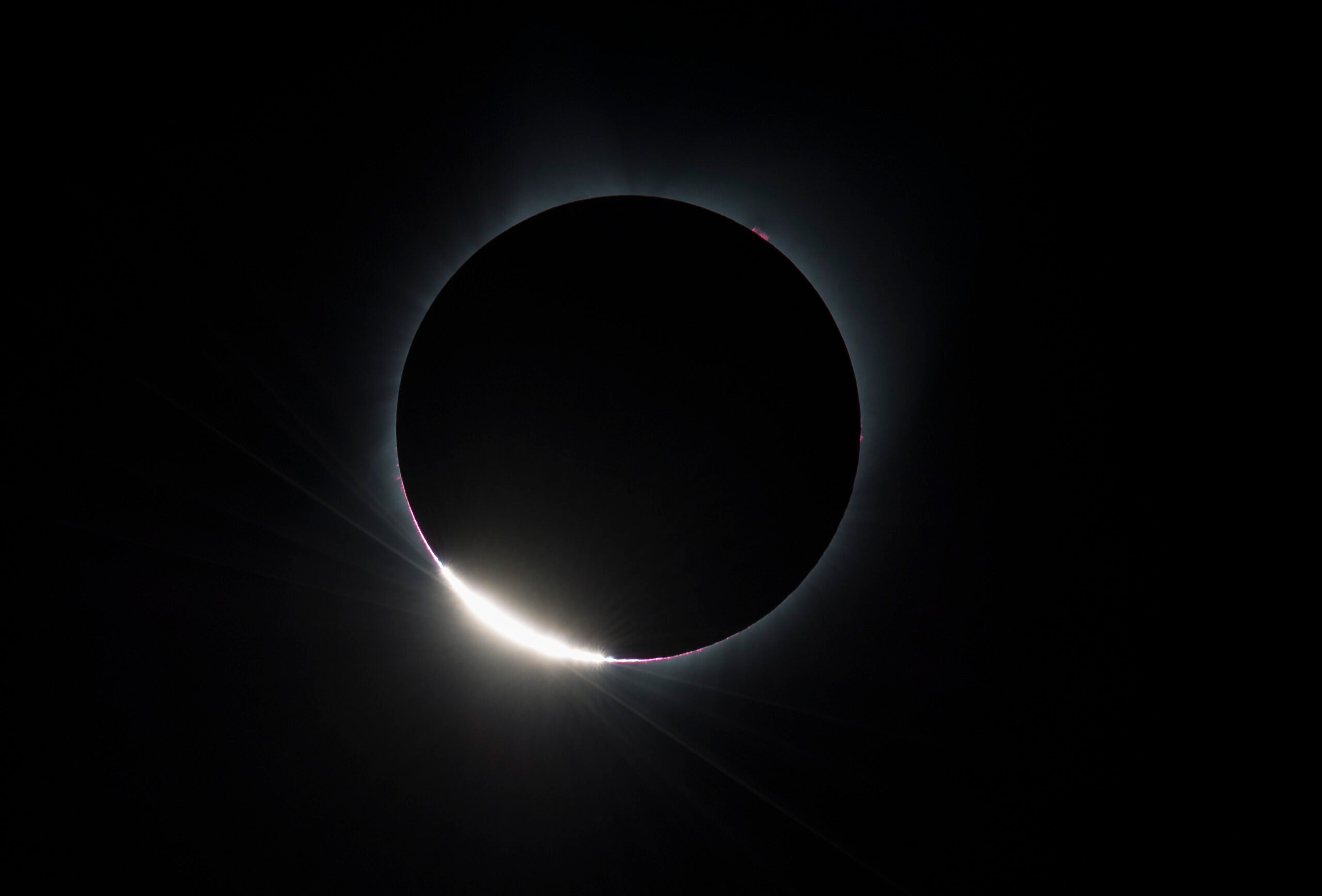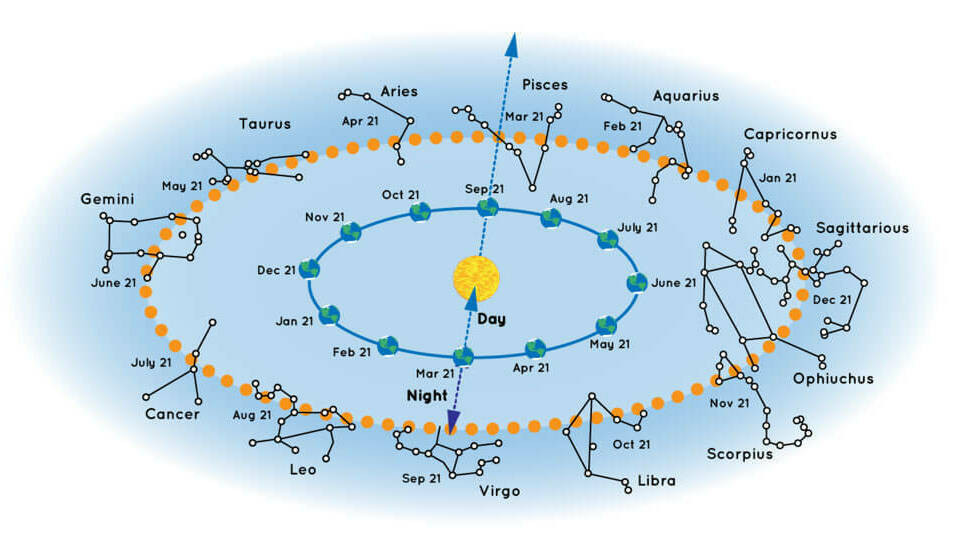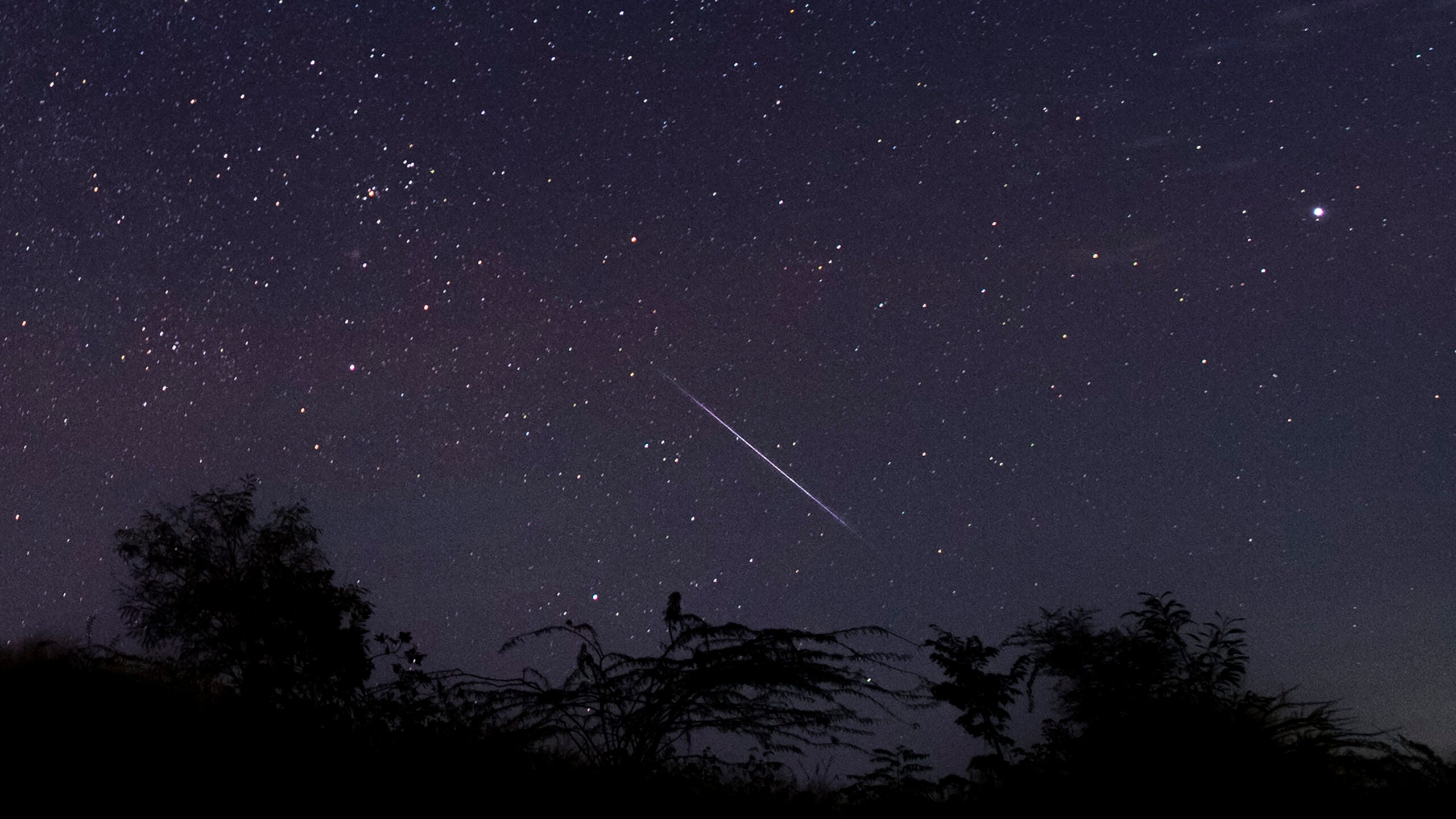We take a look at the sky with our astronomy guest. Topics include Spring Astronomy Day, the upcoming total eclipse of the sun and what we can see in the night sky this time of the year.
Featured in this Show
-
What To Look For This Spring In The Night Sky
Spring and fall are good opportunities to see wonders in the night sky, according to a La Crosse-based astronomer and author.
Paul Kinzer, author of “Stargazing Basics: Getting Started in Recreational Astronomy,” said that’s because “it gets dark fairly early, it stays dark longer than in mid-summer, and it’s now warm enough.”
This year’s spring Astronomy Day is on Saturday, April 29, when observatories, planetariums, museums and astronomy clubs across the country and the world will host events to get people to look up, Kinzer said.
“As the Earth goes around the Sun and (it) spins around, the sky continually changes,” he added
Here are some things to look for in the night sky in Wisconsin this spring, Kinzer said:
- Both Jupiter and Saturn will be in the sky all summer.
- You can see Jupiter rising in the east as it gets dark. And for the next couple of months, it can be found higher up as it gets dark.
- With just a regular pair of binoculars, you can see four of Jupiter’s moons: Io, Europa, Ganymede and Callisto.
- Saturn rises at about 1 a.m. right now, it will come up by 11 p.m. a month from now and by June it will be visible from dusk till dawn.
- Saturn is passing in front of our own galaxy, the Milky Way, and will be for the next couple of years.
- You’ll be able to see brightest constellation in the sky, Orion, for another couple of weeks. As the earth goes around the sun, Orion sets earlier each night, and will set with sun by late April.
- Leo, the Lion, is high in the southern sky after dark. Because it’s so prominent at this time of year, Leo a spring constellation. Orion, which is leaving our skies now, is a winter constellation.
- Behind and below Leo is the constellation Virgo, and between the two constellations is the Virgo Galaxy Cluster. It looks like faint, fuzzy patches and there are more than 1,000 of them. At this time of year they can be seen by even fairly small telescopes. Each of the fuzzy patches is actually a huge collection of billions of stars, millions of light years away.
Episode Credits
- Larry Meiller Host
- Jill Nadeau Producer
- Paul Kinzer Guest
Wisconsin Public Radio, © Copyright 2024, Board of Regents of the University of Wisconsin System and Wisconsin Educational Communications Board.

